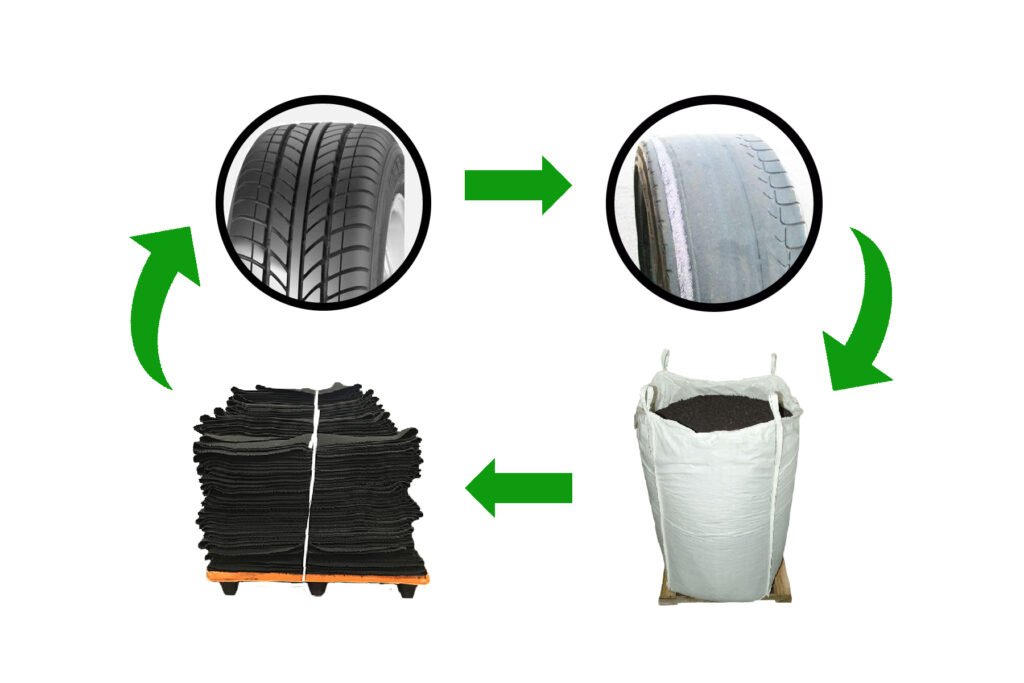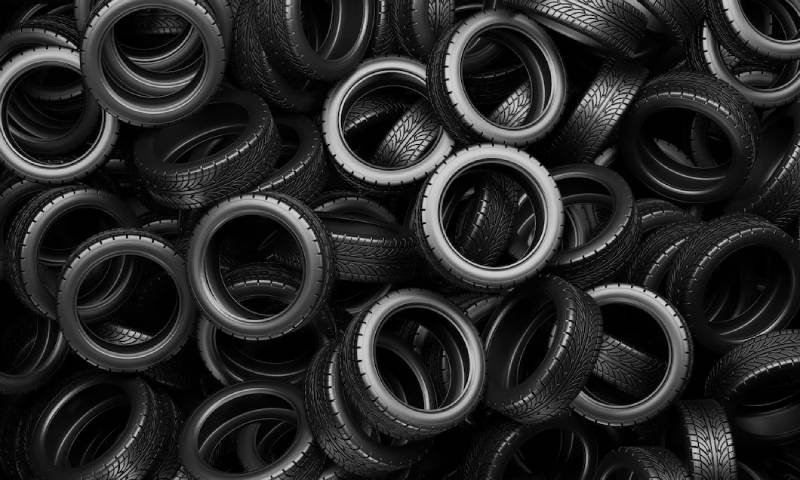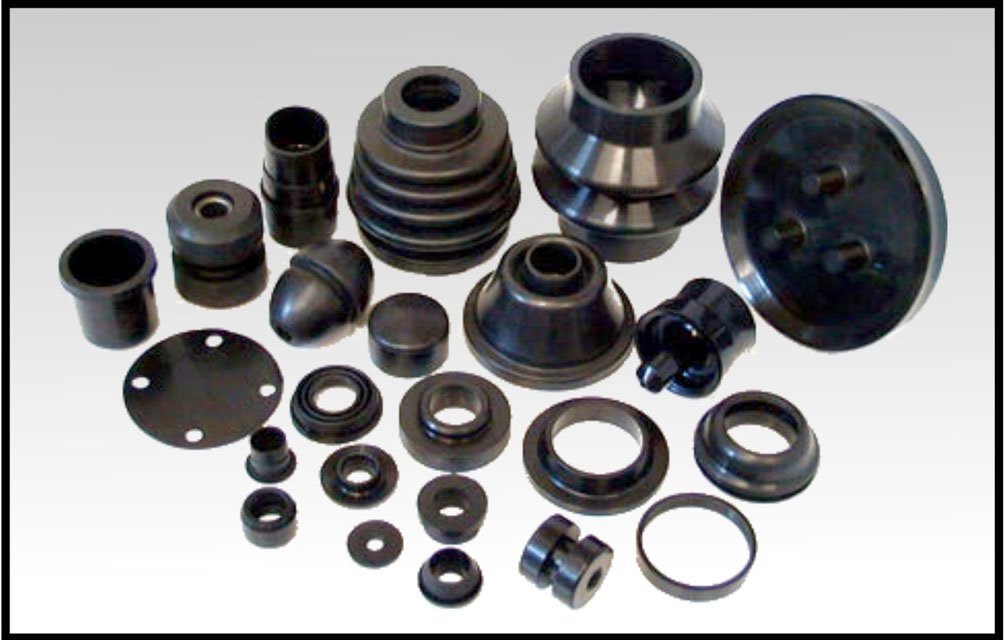Tyre Derived Polymer(TDP)

This presentation outlines the benefits and applications of Tyre-Derived Polymer (TDP) in the rubber industry, particularly for Rubber tyre and Rubber conveyor belt manufacturers. TDP is a sustainable and cost-effective alternative to Natural Rubber, offering significant environmental and economic advantages. We will explore the benefits of using TDP, its specific applications in tyre manufacturing, and the potential cost savings and sustainability aspects it presents.
Benefits of using TDP in rubber products

Improved durability and resilience
TDP's high tensile strength and abrasion resistance contribute to longer-lasting rubber products, reducing the need for frequent replacements. This enhanced durability translates into cost savings and improved product performance

Enhanced flexibility and impact resistance
TDP possesses excellent flexibility, making it suitable for applications requiring shock absorption and resistance to impact. This characteristic is particularly beneficial in tyre manufacturing, where the rubber needs to withstand the constant impact of driving.

Cost-effective alternative
TDP is generally less expensive than virgin rubber, offering significant cost savings for manufacturers. This economic advantage allows companies to improve their bottom line while maintaining high product quality

Reduced environmental impact
TDP's production process involves recycling end-of-life Tyres, diverting them from landfills and reducing the environmental impact associated with traditional rubber production. This aligns with the growing trend towards sustainable manufacturing practices and promotes a circular economy.
Applications

New Tyres
TDP has been proven to work in both tread and sidewall applications in new passenger, truck, and OTR tyres. The most common addition level is about 15%. For 2nd or 3rd tier products, a higher load level is expected.

Retread Tyre Material
In retreading, TDP is also commonly used at the 15-20% level. In OTR retreading, 20-30% addition should be possible. TDP’s high abrasion and tear resistance, along with low heat build-up/hysteresis, make it a great candidate for retreading applications. To date, over 10,000 OTR tyres have been retreaded with TDP!

Conveyors & Material Handling
TDP typically performs well in conveyor applications in the 20% level. For 2nd or 3rd tier products, a higher load level of up to 40-50% can be achieved. TDP bonds well and the material has excellent processability on production equipment.

Rubber Moulded Products
Molding applications vary widely and TDP can be used in products such as automotive parts, shoe soles, and smaller non-vehicle tyres such as wagon or wheelbarrow wheels. Depending on the application and requirements, addition level could be up to 50% or in some cases TDP can even be used at 100%.
Cost Effectiveness and Sustainability of TDP

Cost Savings
TDP's lower cost compared to virgin rubber allows manufacturers to reduce material costs and improve profitability

Reduced Environmental Impact
Diverting waste tyres from landfills reduces the environmental impact of manufacturing operations.

Circular Economy
The use of TDP aligns with global sustainability initiatives and promotes a circular economy, minimizing waste and maximizing resource use.
